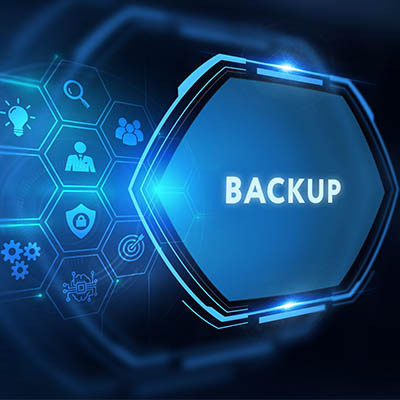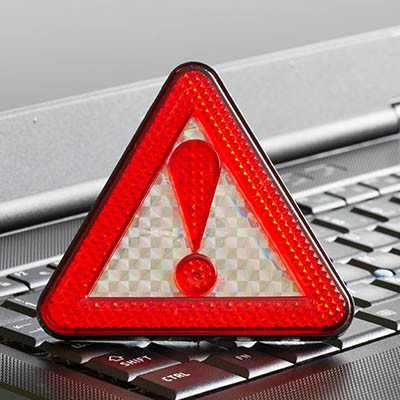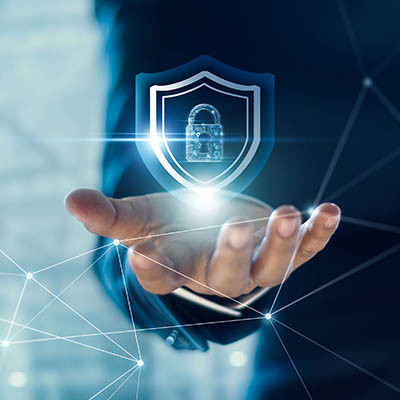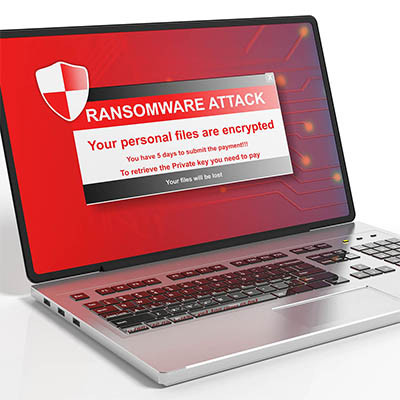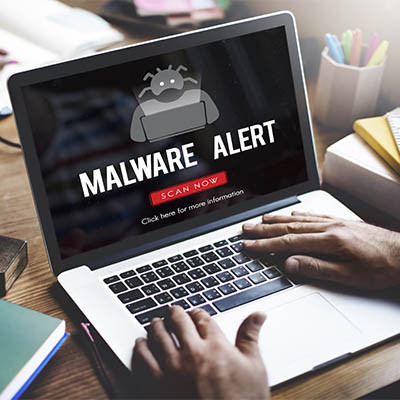There is a lot to say about having the right IT, but at some point, you have to ask if you are receiving diminishing returns on your investments. Implementing too much technology can be a very real problem, especially in terms of the software you choose to implement. Let’s take a look at some of the warning signs and see what you can do about them.
Phantom Technology Solutions Blog
Do you remember the series of high-profile infrastructure attacks that occurred not so long ago this year? Well, now the United States government is taking matters into its own hands by ordering the patching of various vulnerabilities in affected systems. It’s a massive effort to thwart hackers and other cyberthreats from taking root in vulnerable systems.
Smart devices have enabled individuals and businesses to push the limits of connectivity, allowing them to have unprecedented amounts of control over their offices and homes. People can turn down their thermostats or lock the front door with the click of a button, as well as control how much power their homes consume. However, security is a pain point for these types of connected devices.
One of the best investments you can make in your IT infrastructure is implementing a data backup and disaster recovery solution. Not only is it a crucial part of any business continuity plan, but it also helps to future-proof your business in the event of a potentially disastrous scenario. There are three big reasons why you should consider implementing data backup and disaster recovery, and if you fail to do so, you are putting your company at risk for no real reason.
There is such a heavy focus on malware that targets desktop PCs, laptops, and servers, but there are mobile malware types too, one of which is TangleBot, a pesky malware that hits the Android operating system. This particular threat is dangerous due to the increasing reliance on mobile technology in today’s workplace.
There are many different types of hacking attacks, but those targeting your computer can either be incredibly intrusive or so low-profile that you don’t even know you’ve been infected until it’s too late to do anything about it. Let’s discuss some of the telltale signs of a hack and what you should look for to prevent or identify them.
Want to get more out of your smartphone’s battery? There are plenty of ways to get more juice out of a charge, such as turning off Wi-Fi or other settings, but today’s tip will walk you through changing the screen resolution. This shouldn’t have a major effect on what you can do on your phone, but it can slightly reduce the amount of battery your phone uses while the screen is on.
When it comes to your network security, there is a lot your company can do to take it seriously. However, one thing that a lot of organizations neglect is actively monitoring their networks for things that don’t quite make sense. Why is it so important to monitor your network, and how can you make sure that it happens in a way that is proactive for your company?
Most businesses use the Internet to conduct many of their day-to-day operations, and the most-used ways that people interact with the Internet is through web browsers. That said, there are some ways that you can make sure you are using the Internet in the most secure way possible. Here are some extra steps you can take to work toward these protections.
Have you stopped to consider how much your business spends every year on data storage and warehousing? If not, you might be surprised by how much this process actually costs, both in terms of capital expenses and operational costs. We’d go so far as to say that you’re spending more than you need to.
A lot of people are still working remotely these days, and while those who work in the office might look at remote workers with envy, it’s not all sunshine and rainbows for the remote worker. One of the things that remote employees miss most about the office environment is developing relationships and camaraderie with their coworkers. To help lessen this impact and to make your remote employees feel like they are still a part of the team, here are four ways you can still develop camaraderie with your remote employees.
The primary difference between an enterprise and a small or medium-sized business is simply how big it is. Due to this size, many of the tools used by enterprises are so powerful and dynamic that they can easily be used by businesses much smaller. Let’s take a look at what some of these technologies and processes are.
While it might be terrifying to imagine a scenario in which your business were to suffer a devastating event that threatened its future, you as a responsible business owner must consider any and all possibilities. If you don’t, all of the hard work and investment you have made in your company could be for naught. Technology is one aspect of your company that must be examined with intense scrutiny and prepared for with preventative measures to keep your future secure.
It can be hard to look into the future, especially today when that future can often look bleak and unpredictable. It’s incredibly important, however, to do so, especially in the realm of your business’ operations. When the pandemic is over, how are you going to corral your employees back to your office? Are you even going to attempt this? Perhaps, now more than ever, it’s time to reevaluate your operational infrastructure and how technology can impact it.
In terms of the sheer amount of technology your company utilizes, we’re willing to bet that a sizable chunk of it is made up of hardware. This includes devices like your workstations, routers, switches, and servers. Most of us understand that this technology does not last forever, so you should not only expect your hardware to fail, but anticipate it. In other words, you need to be prepared.





